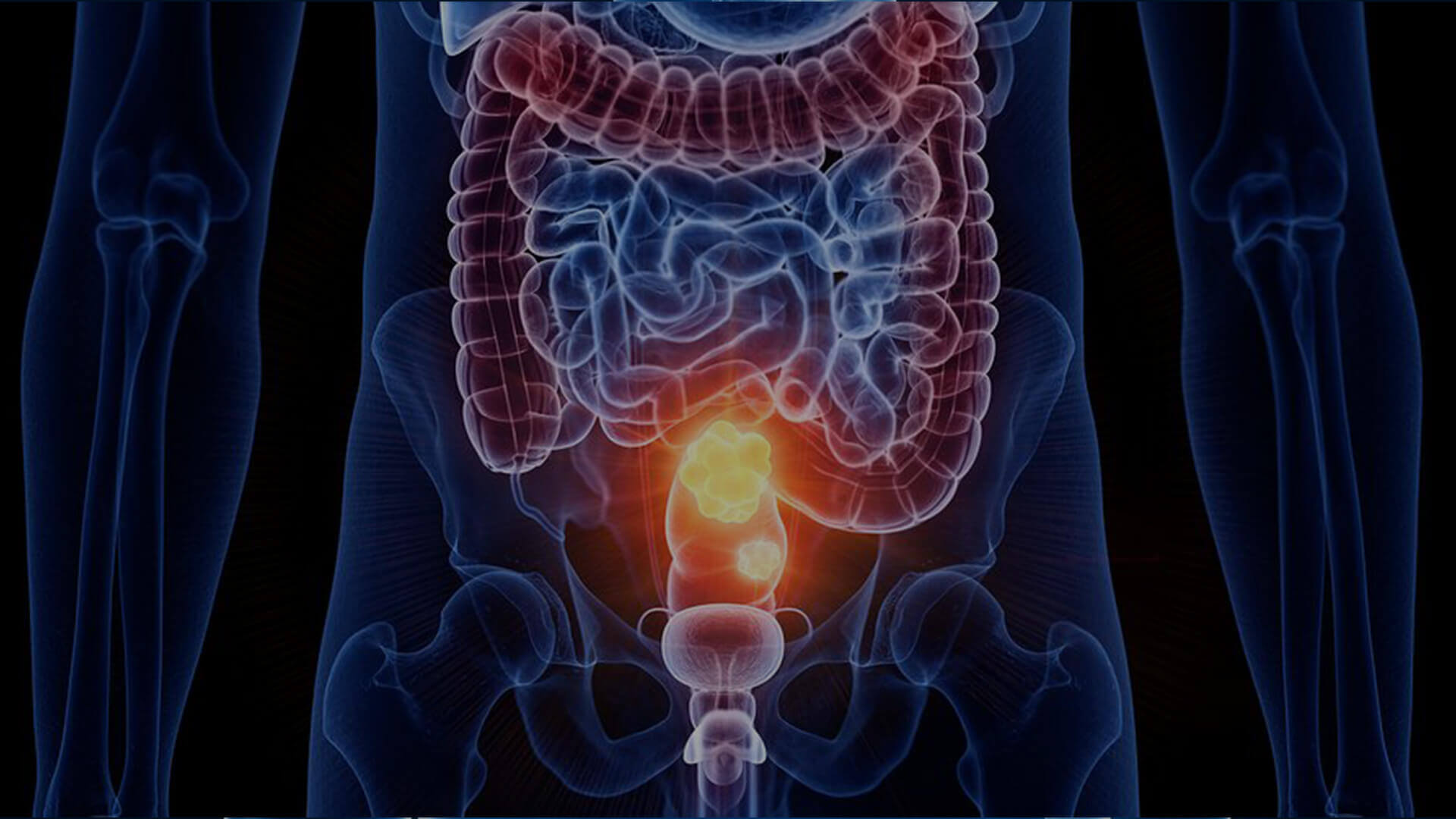Overweight and obesity affect 42.5% of the Italian adult population. Excess weight is not the only characteristic of these conditions: both go hand in hand with changes in the population of microbes that live in the gut (the gut microbiota). Not only that, alterations in the intestinal microbiota (the so-called dysbiosis) are also associated with an increased risk of complications typical of obesity, such as diabetes.
The microbiome analysis makes it possible to identify dysbiosis and to implement strategies aimed at correcting those changes that increase the risks to health due to excess weight.



